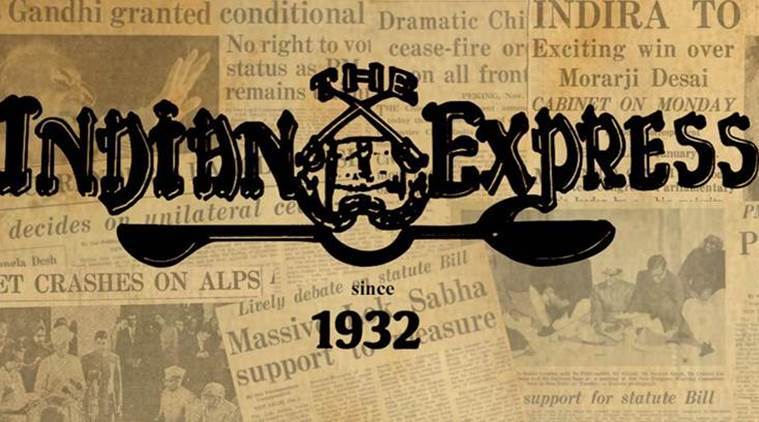The fake academia
Predatory journals in India highlight a milieu that discourages academia from developing a sound publishing ethic

In May, the UGC removed more than 4,000 journals of “questionable repute” from its approved list of publications.
In May, the US Federal Trade Commission filed a law suit against a little-known publishing outfit in Hyderabad, OMICS. The suit filed in the District Court of Nevada alleged that the claims on the websites of the journals published by OMICS — peer reviews, list of editors, access to credible databases — are “phony”. This wasn’t the first time that aspersions were cast on the publishing firm. In 2013, the American academic Jeffrey Beall accused OMICS of predatory publishing. The firm was guilty of charging authors for publishing their articles, Beall alleged. A three-part investigation in this newspaper has uncovered that OMICS is, indeed, one of the major predatory publishing outfits in the country. At least 177 journals published by the firm do not list their ISSN code — the eight-digit number used to identify a journal globally. But the problem of predatory publishing, as the investigation has revealed, goes deeper than the activities of one firm. India has emerged as a hub for the predatory publishing business. There are more than 300 firms in the country that claim to publish papers in “international journals” for a fee that ranges from $30 to $1,800.
Indian publications, and academics, have been increasingly finding themselves at the wrong end of international investigations into the rise of bogus publishing. Last year, a survey by Canadian epidemiologist, David Moher, revealed that 27 per cent of the world’s predatory journal publishers were based in India and about 35 per cent of the corresponding authors in these journals were Indians. The problem, to an extent, stems from the UGC’s quantitative scoring system, the Academic Performance Indicator, in which publishing is a key constituent. The system demands that academics publish as many papers as possible before their promotions are due. This makes the quick publishing predatory journals a tempting option for many in academia. However, the malaise should also be seen in the context of a regulatory mechanism that doesn’t give a free hand to universities to establish norms of research and publication, and develop the capacities of their faculty by providing them funding and conference support. The proliferation of predatory journals is a symptom of the failure of the country’s academia to develop a sound publishing ethic.
In May, the UGC removed more than 4,000 journals of “questionable repute” from its approved list of publications. This purge, the regulator of universities argued, was based on “careful scrutiny and analysis”. But the exercise was rightly questioned by academics because it removed many reputed journals including The Lancet Public Health from the UGC-sanctioned list. Last year, another exercise by the regulator to streamline its list of approved publications attracted criticism because it indiscriminately targeted open-source publications. That most of the bogus publications uncovered by this newspaper’s investigation operate from the open-source platform shouldn’t complicate matters. It only underscores the needs for credible and independent assessors who can judge the quality of academic publications.
For all the latest Opinion News, download Indian Express App





































No hay comentarios:
Publicar un comentario